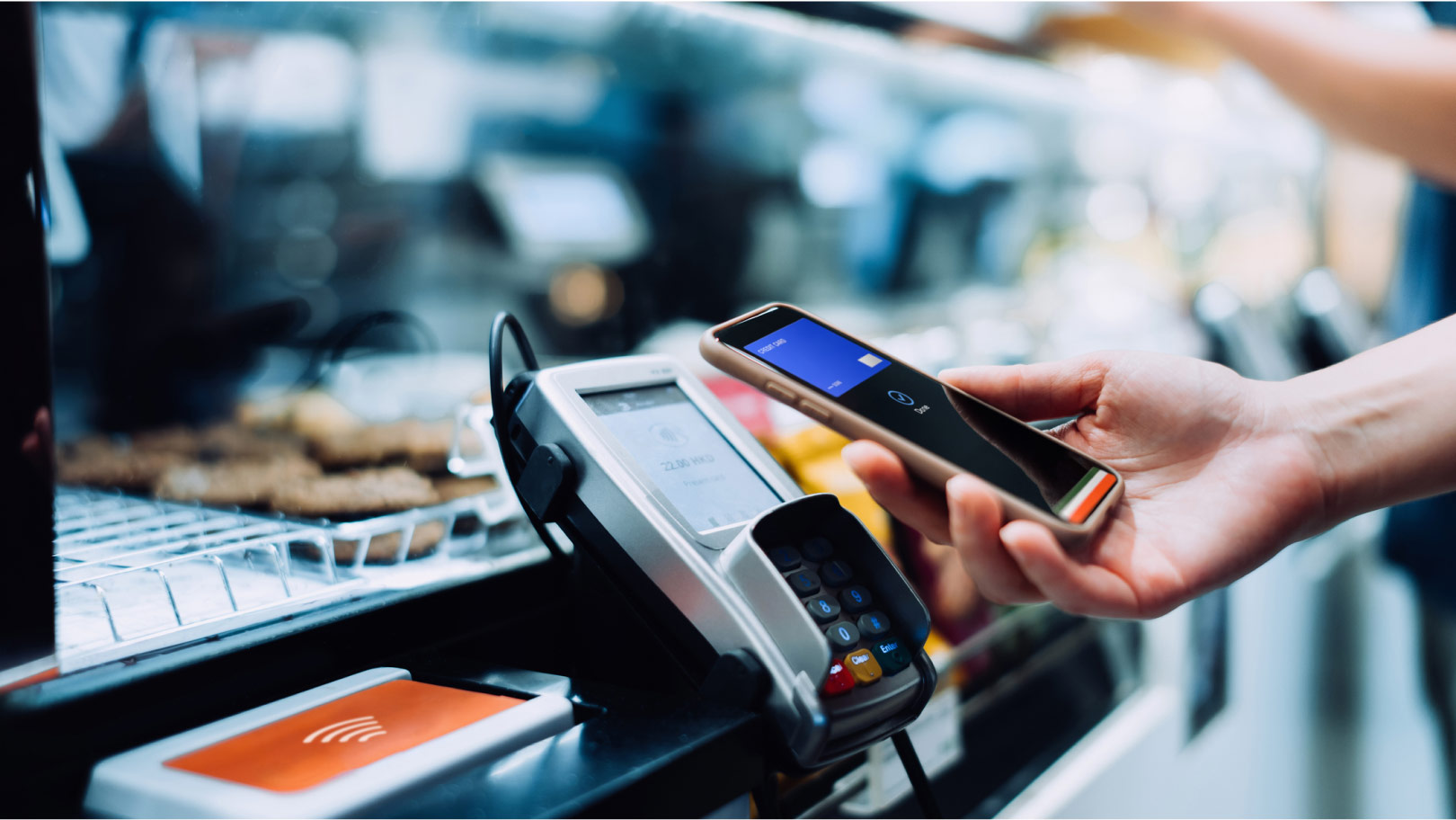KBH Chartered Professional Accountants
KBH Chartered Professional Accountants Makes Deadlines Less Taxing with Docusign
30,000 Pages of printouts eliminated during tax season

Santander UK’s SME, Commercial and Corporate Banking teams offer financial services products to businesses with a turnover of between £500,000 and £500 million. With a focus on improving the customer experience, the company embarked on a transformation to digitize their inefficient, manual processes.
The biggest driver of this transformation was the need to correct two of the biggest frustrations for business customers in securing loans: the onboarding process and time to cash. With the Docusign Agreement Cloud, Santander has drastically reduced the time it takes for new customers to open an account and access funds—allowing them to do so digitally, without the need to go to a branch or send paperwork. After a thorough review of the top CLM and electronic signature technologies, Santander chose Docusign due to its user-friendliness and its strong integration with Salesforce.
Prior to this digital transformation, a new customer would be required to fill out one of 39 editable PDF onboarding forms before printing, signing and returning it to a local branch. This onerous manual process took customers an average of 12 (and sometimes up to 25) days to complete.
With Docusign, Santander was able to digitize these steps, replacing the unwieldy 39 PDFs with one dynamic, online form. Once a customer submits that initial form, it triggers a succession of back-office processes required to approve and open the new account, like background checks for financial crime and anti-fraud. In many cases, parallel processing helps to complete all onboarding steps so that once the customer signs, their account is open.
"Collecting signatures while completing front and back office processes enables us to offer a customer experience that outperforms even digital-first banks."
Jonathan HolmanHead of Digital Transformation, Santander Corporate & Commercial
With help from the Docusign Customer Success team, Santander also designed an advanced signing workflow that allows multiple people to collaborate on and sign the same document simultaneously. Since many businesses have multiple signatories in various locations and others who may just fill forms out prior to signature, this radically improved a slow, linear process. All told, it now takes an average of just two days for customers to open an account.
But customers aren’t the only ones who benefit from improved account openings; implementing Docusign Agreement Cloud has significantly reduced the admin burden associated with executing onboarding or loan contracts with customers. Previously, setting up a new customer required paper forms to be manually transposed into back-office systems and checked against the original. All of that disappears with digitization so Santander employees can focus on customers instead of paperwork.
Santander’s ability to offer an end-to-end digital loan application that minimizes time to cash can make all the difference between lending success and missing out. To make this happen, Santander turned to Docusign CLM to digitize and connect into loan contracts. Thanks to an API integration with nCino, loan negotiation and contract completion all happen in one system.
Using Docusign CLM, the conditions for a new credit deal are proposed and priced in nCino before moving seamlessly into Docusign CLM for negotiation between the bank and the applicant. Once both parties reach agreement, the paperwork is automatically triggered from nCino for document preparation and e-signature by the customer using Docusign. Other required back-office processes can happen in parallel so that the signed contract is met with ready funds.
“If we remove 30 percent of the time required to negotiate and execute a loan—through automation, parallel processing and eSignature—that time gets channeled back into customer relationships,” Holman said. Whatever issue the digital transformation team tackles next, the end goal will alway be the same, according to Holman: using technology to improve the customer experience.
Related stories
